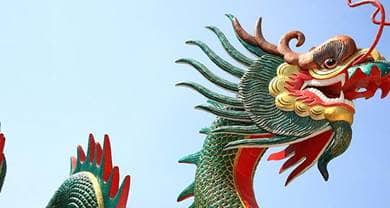- Trending:
- Pope Leo Xiv
- |
- Israel
- |
- Trump
- |
- Social Justice
- |
- Peace
- |
- Love

RELIGION LIBRARY
Chinese Religion
There are three major Eastern religions in China—Taoism, Buddhism, and Confucianism—but religion in China predates these traditions and continues to exist outside their boundaries. Archaeological and textual evidence attests to the existence of a sophisticated and literate religious tradition that predates the "three religions," during, and possibly also prior to, the Shang dynasty (1766-1045 B.C.E). In addition to this religion of the ancient nobility, there were likely also religious beliefs and rituals associated with rural and peasant populations, and there is evidence of pre-literate human communities with their own religious practices dating back as far as the Stone Age. As many as fifty ethnic minorities exist in China as well, some of great antiquity, each with their own unique religions. The term "Chinese religion" thus refers to a diverse and complex collection of many traditions. When Qin Shihuangdi unified the Chinese empire in 221 B.C.E., he standardized many elements of human culture; for example the size of bricks, the axle lengths of carts, administrative districts, and the written language. In doing so, he established a pattern of unity within diversity that would become characteristic of Chinese civilization, and is evident in its religion. Elements from earlier religions were preserved and integrated into the "three religions" when these were established, and the three co-exist with one another. With the exception of clergy, most people take elements from each of the three without affiliating exclusively with any one of them. At the same time, popular or folk religion in China continues to exist and exert an influence apart from the formal traditions. Despite the absence of formal structures or doctrinal unity, Chinese popular or folk religion has persisted through the ages and is a vital aspect of religion in China.
Quick Facts
| Formed | -4000 |
| Adherents | 400,000,000 |
| Deity | Multiple deities |
| Sacred Text | Includes I Ching, Confucian Canon |
| Origin | China |
| Headquarters | None |










